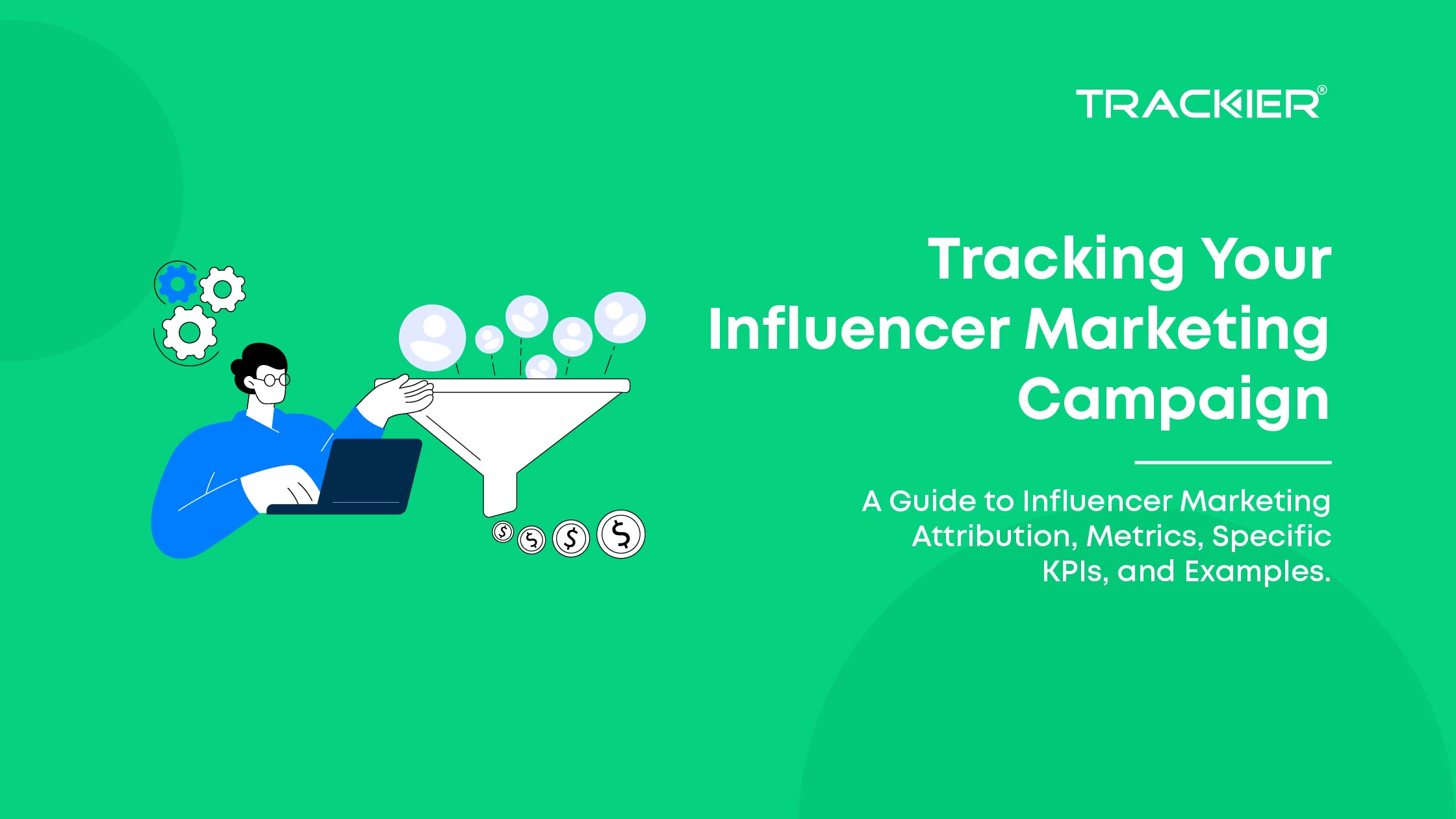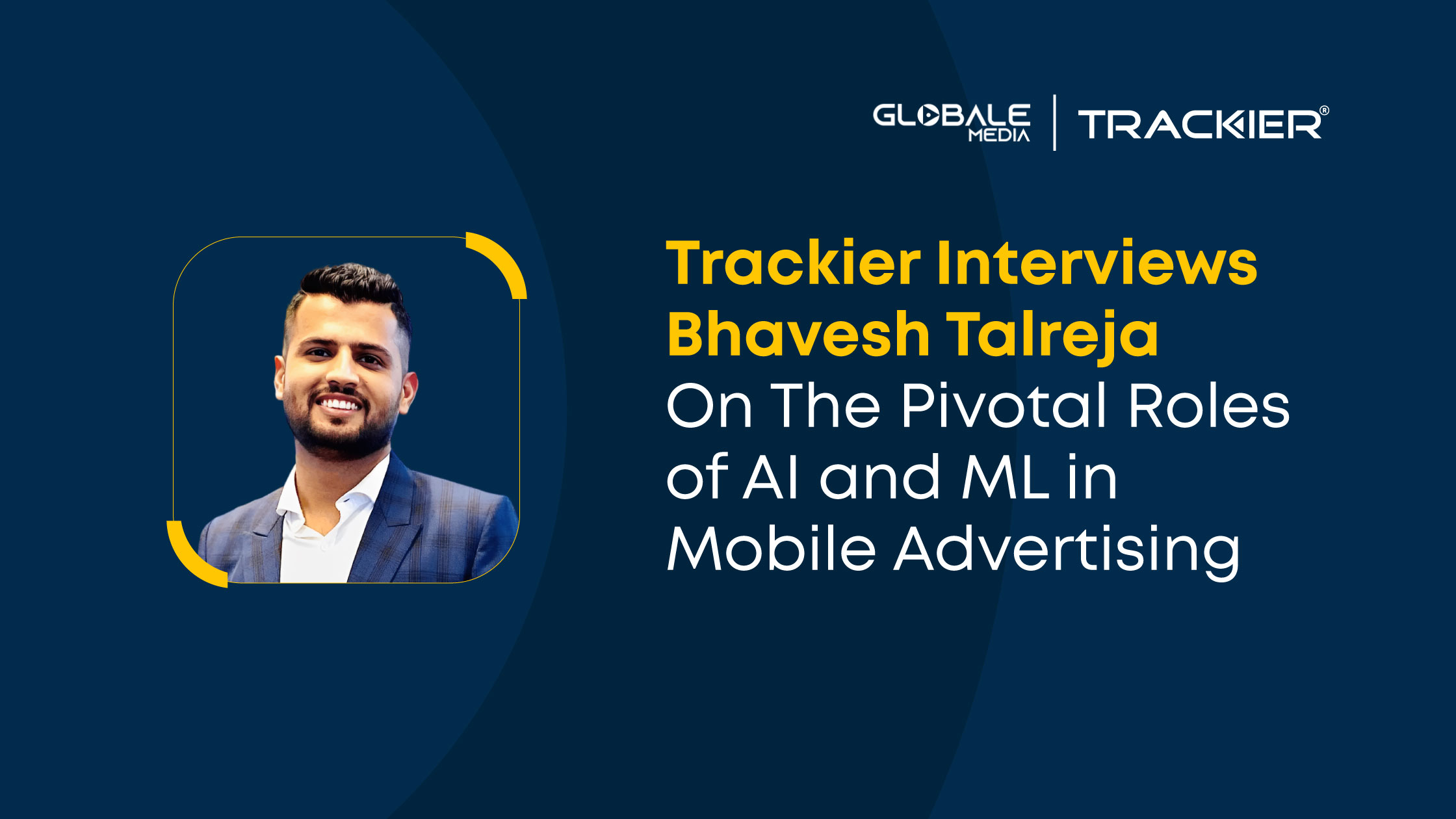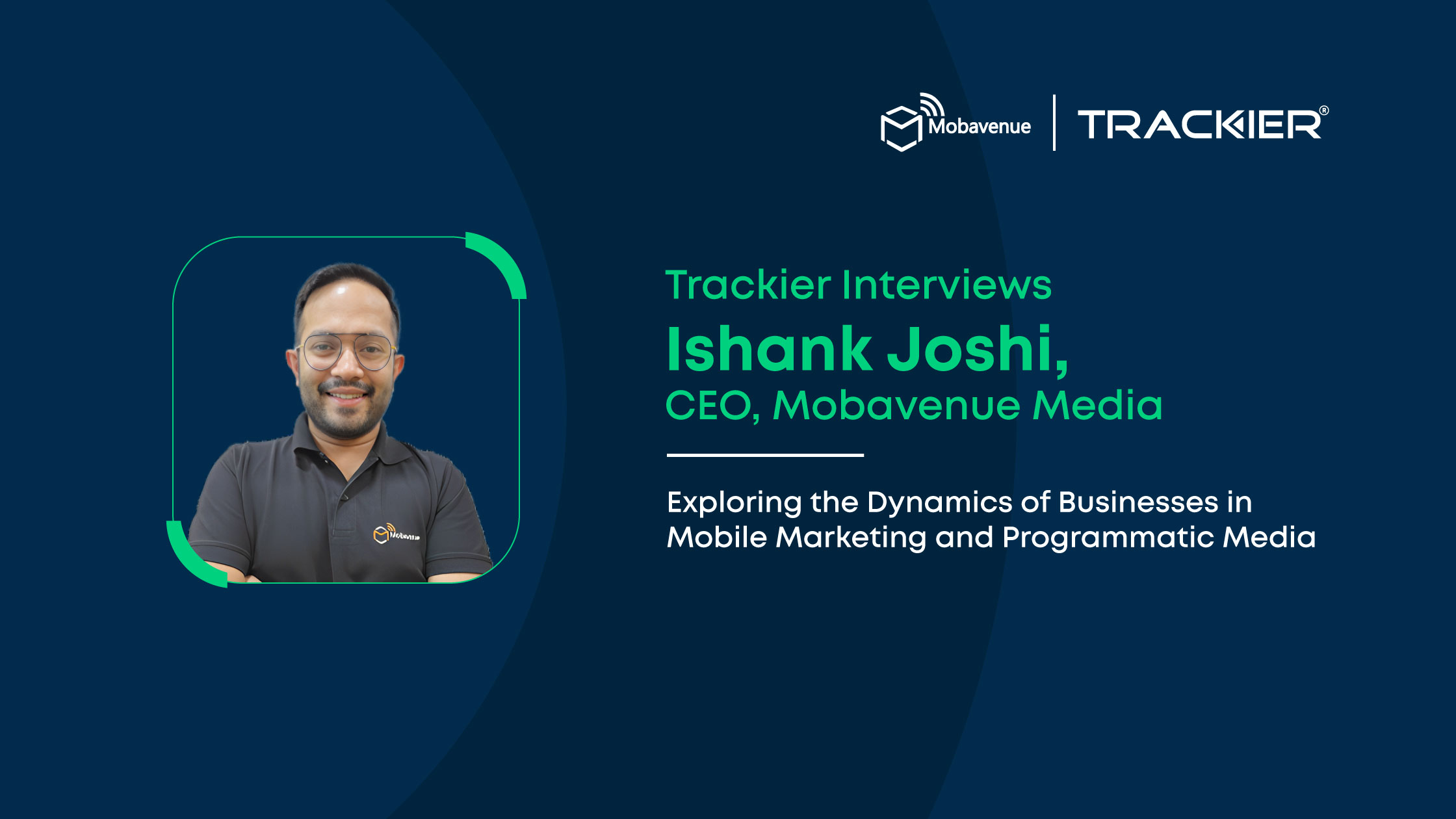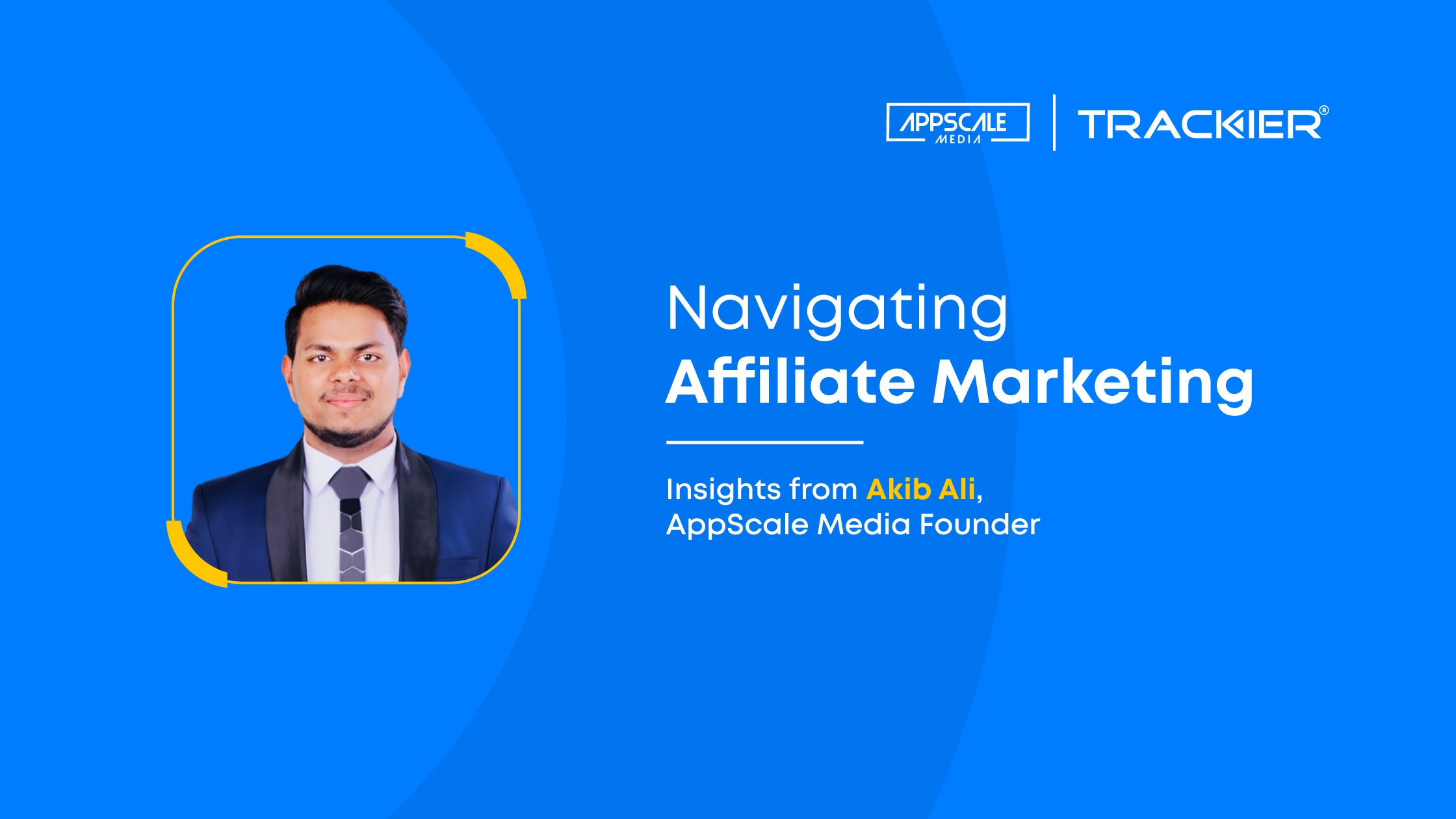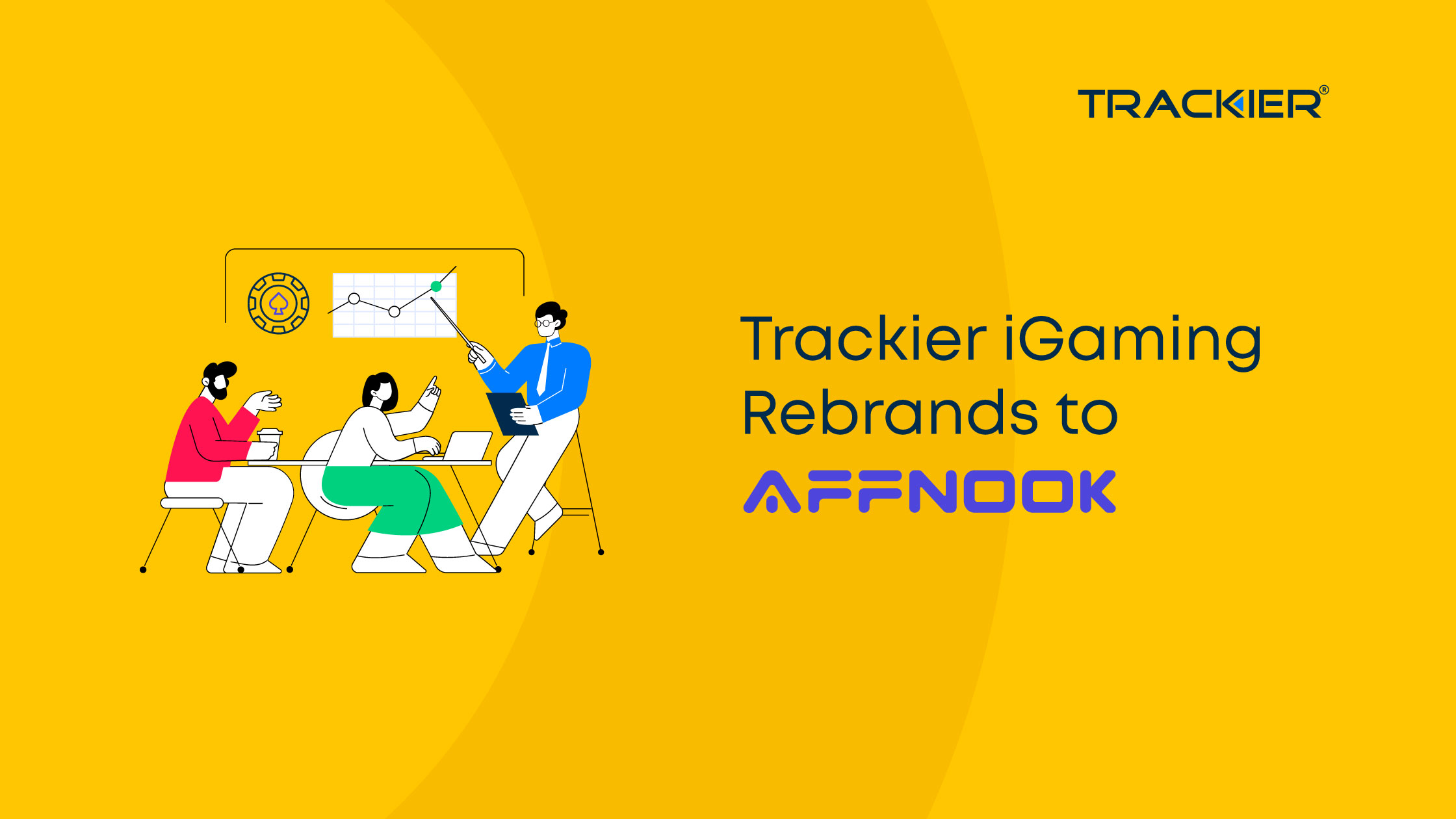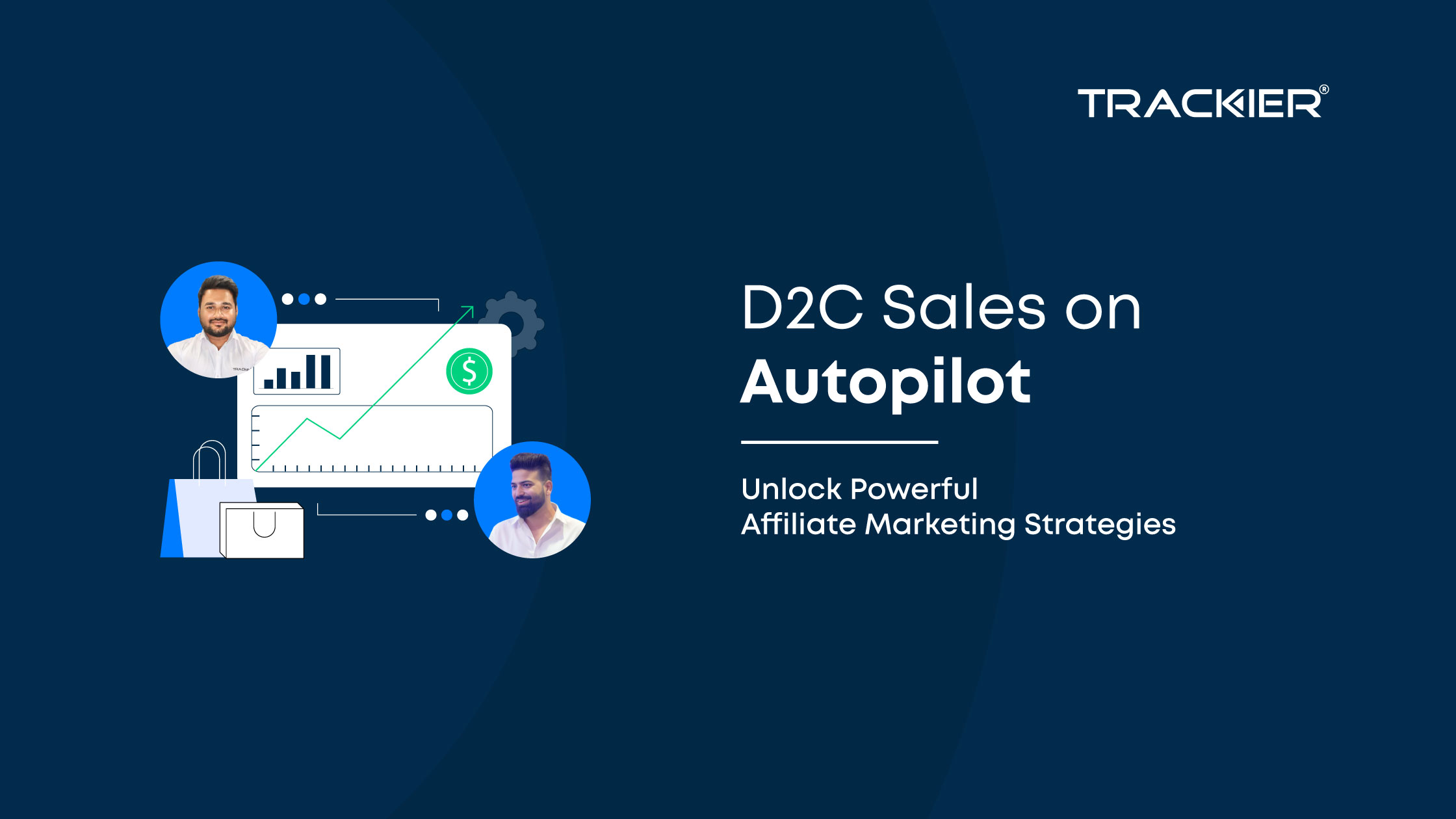Bhavesh Talreja, a technophile with over a decade of experience in Information Technology and AdTech, is the founder, promoter, and CEO of Globale Media.
In an exclusive interview, Bhavesh discussed the transformative landscape of the advertising industry, emphasizing the pivotal roles of AI and ML in mobile advertising. He highlighted how Globale Media has pioneered innovative advertising solutions that resonate with today’s digital-savvy consumers by incorporating emerging technologies, understanding consumer behavior, identifying fraud, and delivering personalized content. Bhavesh provided an in-depth look at the current trends shaping the advertising world and shared his thoughts and predictions on the future of this ever-evolving field.
Some key hot verticals that contribute the most to your overall revenues
We specialize in digital marketing for app verticals including gaming, e-commerce, lifestyle, utilities, social, education, and entertainment on CPI, CPA, and CPM cost models.
But our hottest verticals are BFSI, gaming, Fintech, E-commerce. We have run campaigns for many clients like Amazon, Zupee, RummyTime, Kotak 811, Paytm Money, Unacademy and won awards across various categories as well.
How are you incorporating new technologies like artificial intelligence and machine learning into your mobile advertising strategies?
Artificial Intelligence (AI) has firmly entrenched itself as a game-changer in adtech. In 2023, AI-powered personalization took center stage, allowing advertisers to tailor their messages with unprecedented precision. Machine learning algorithms analyze vast datasets to understand user behavior, enabling advertisers to deliver hyper-personalized content and recommendations. Artificial intelligence has integrated into the realm of digital marketing as a response to the escalating challenges faced by both publishers and advertisers in anticipating future consumer trends. Global revenues of AI tools used in marketing are expected to grow an estimated $80 billion from 2023 to 2027, with AI-enabled ad spending specifically anticipated to reach $1.3 trillion in the next decade. Consequently, there is a growing inclination for companies to adopt AI solutions, leveraging the capabilities of big data analytics. This facilitates enhanced predictions and more strategic decision-making.
AI has particularly shaken up programmatic advertising.
The programmatic ecosystem contains DSP (demand-side platform), SSP (supply-side platform) and ad exchanges that use RTB (real-time bidding) processes. In real-time, algorithms analyze bid data and select the winning bid based on factors like bid price, targeting parameters, and campaign objectives. Dynamic Creative Optimization is also a type of programmatic advertising that allows advertisers to create and serve personalized ads to individual users based on real-time data. DCO builds multiple iterations of an ad using the same creative, while tailoring elements of the ad based on the audiences, context, and past performance
AI in contextual advertising, which tailors ads to align seamlessly with consumer behavioral patterns, enhances engagement. The use of AI tools like ChatGPT and Google Bard allows advertiser’s brands to create strategies for different regions, using specific local-language phrases that will captivate the target audience.
What are your thoughts on the rise of connected TV (CTV) and in-app advertising (IAA) and how are you helping advertisers leverage these channels?
CTV offers more leverage over traditional cable as it offers access to young, affluent audiences and enables data-driven planning, precise targeting, real-time activation and advanced measurement for ad campaigns. While it is a relatively new player, it will continue to grow in the advertising game as a large number of people rely on the Internet to consume content. According to GroupM’s Finecast and Kantar report, CTV advertising spends are estimated to reach up to $395 million by 2027. In 2023 alone, with tentpole events such as the IPL, Asia Cup and the ODI World Cup in streaming, brands are heavily investing in CTV advertising. Plus, with trends like cord-cutting, more and more viewers becoming financially conscious and taking control of their entertainment choices, the growth of Connected TV is likely to accelerate in 2024. CTV is a win-win for both TV viewers and advertisers as there is a higher acceptability for ads.
In-app advertising is the approach of promoting products, services, or brands within mobile applications to reach and engage with users on their smartphones or tablets. It plays a pivotal role in mobile marketing strategies, offering businesses a direct avenue to reach and engage with their target audience on their smartphones and tablets. There are several types of app advertising formats that businesses can utilize to reach their target audience such as display ads, video ads, native ads, playable ads, interstitial ads etc. By optimizing ad creatives, targeting parameters, and bidding strategies, businesses can drive high-quality app installs and maximize return on investment (ROI) for their app advertising campaigns.
Are advertisers utilizing new ad formats like playable ads and shoppable ads to drive better engagement? What is the ROI?
As users are becoming increasingly intolerant of ads, advertisers seek new experiences to engage them. So, they are utilizing new ad formats like playable ads and shoppable ads to drive better engagement. Playable ads, which allow users to interact with a mini-game or “try-before-buy” version of an app before downloading, are particularly effective in capturing attention and driving engagement. Because they compel users to participate, they’ve been shown to achieve up to 7 times the conversion of standard ads. Users encounter the playable ad while browsing or using other apps. They can interact with the ad, usually for 15-30 seconds, to experience the gameplay or app features. After the interaction, a CTA encourages users to download the full app or game. This transition from engagement to download is seamless, enhancing the likelihood of conversion.
Shoppable ads, on the other hand, enable users to purchase products directly from the ad unit, streamlining the path to purchase. The ads include interactive elements such as clickable product tags, carousels, or images that lead directly to product pages. With Instagram’s ‘Shop Now’ button or Youtube’s Shoppable ads or Facebook Collection ads or Pinterest Product Pins, social media has become not only but also a point of sale itself. On Instagram itself, consumers can shop across Feed, Stories, Live and IGTV. Shoppable ads also give a clearer picture of the customer purchase cycle.
The ROI for these ad formats can vary depending on various factors such as the industry, target audience, ad creative, and campaign objectives.
How do you identify and prevent fraudulent activity in mobile advertising campaigns?
In mobile advertising, every click, every view, and every impression is a potential customer. According to an in-depth report by Juniper Research, 30% of mobile ad spend is lost to ad fraud in 2023 and $172 Billion of ad spend is projected to be lost due to ad fraud by 2028. As a result, identifying and preventing fraudulent activity in mobile advertising campaigns is crucial for maintaining campaign effectiveness and protecting ad spend.
Monitoring Key Metrics: Sudden spikes in impressions, clicks, or conversions that are inconsistent with historical data, extremely high or low conversion rates, are indicators of ad fraud. Traffic from unexpected geographic locations where you don’t typically target your campaigns may also indicate fraud. Platforms like AppsFlyer, Adjust, and Kochava offer advanced fraud detection capabilities that can help identify suspicious activities.
Fraud Prevention Techniques: Implement fraud prevention techniques such as IP filtering, device fingerprinting, and user authentication to prevent bot traffic, click fraud, and other fraudulent activities.
Analyze Traffic Sources: Analyze the quality of traffic sources and weed out low-quality or suspicious sources that may be associated with fraudulent activity. Focus on partnering with high-quality publishers and networks with transparent traffic sources.
Attribution Modeling: Implement multi-touch attribution modeling to accurately attribute conversions to the appropriate touchpoints and identify any discrepancies or inconsistencies that may indicate fraudulent activity.
Continuous Monitoring and Optimization: Continuously monitor campaign performance and optimize targeting parameters, ad creatives, and bidding strategies based on real-time data insights to minimize the risk of fraudulent activity and maximize campaign effectiveness.
What are some of the biggest challenges you see mobile advertisers facing today?
Data Privacy is one of the biggest challenges mobile advertisers are facing today. Amidst growing concerns, 2023 has seen a significant shift towards more stringent measures.
Google announced its plan to completely phase out third-party cookies by 2024. Google’s Privacy Sandbox project aims to replace third-party cookies with a more privacy-conscious approach. First-party data presents advertisers an opportunity to prepare for the future of adtech. By using first-party data, businesses can gain insights into user behavior and attribute conversions to specific touchpoints within their own digital properties. When users log in, they provide consent and willingly share their data, allowing businesses to attribute actions and conversions directly. So, adtech companies are prioritizing transparency and user consent, aligning their practices with evolving privacy regulations.
With Amazon’s entry into programmatic advertising where Google and Meta have enjoyed a long duopoly, data privacy concerns and regulatory scrutiny are likely to intensify. Advertisers and platforms will need to update regulations and prioritize transparency and compliance to build consumer trust.
As we move into a cookieless future, tracking and attribution in mobile advertising can be particularly challenging due to the complex nature of user interactions across various devices, platforms, and channels. Customer journeys are getting increasingly complex to track effectively. Users often interact with ads on multiple devices (e.g., smartphones, tablets, desktops), making it difficult to track the entire user journey. It can be influenced by a wide range of media both online and offline. The user journey in mobile advertising can be fragmented, involving multiple touch points across apps, websites, and offline interactions.
What are your predictions for the future of mobile advertising?
As mobile devices offer convenience and instant access to information, businesses are adapting their marketing strategies to meet changing consumers’ preferences and behaviors in a mobile-first world.
Gamification could be the key for the future of mobile advertising. It increases user engagement and makes ads more compelling but also makes it look less salesy. Advertisers can create quests or challenges for consumers to compete, provide rewards or incentives, and assign points and badges as well. It not only fosters an emotional connection with the brand but it is more likely to be shared on social media and become word-of-mouth. Language-learning app, Duolingo, is a very recent example of how gamified elements like streaks, levels, and rewards keep users engaged in language learning, which can be adapted for educational ad campaigns. In January 2024, Duolingo alone had 16.3 million downloads which is more than its next 10 competitors combined. Starbucks Rewards, Nike’s Run Club are other classic examples.
The biggest trends coming up in the future of mobile advertising are Augmented Reality and Virtual Reality Mobile Advertising. AR advertising utilizes technology to superimpose a computer-generated image on a user’s view of the real world, thus providing a composite view. It allows users to see how a piece of furniture would look in their space or how a certain set of glasses would look on them. Many brands, including Coca-Cola and McDonald’s, use Snapchat’s AR filters to create fun and interactive experiences that users can share with friends.
VR advertising creates a completely virtual, immersive experience for consumers. It can make for more interactive ad experiences and even allow consumers to interact with products in a virtual setting. L’Oreal has a virtual makeover app called Makeup Genius, which allows customers to pick and choose a variety of hair colors and makeup styles from their phone’s cameras.
Can you share any success stories of your mobile advertising campaigns for clients?
Recently, Globale Media was awarded the ‘Top Performer’ for the OND Quarter 2023 by Paytm Money. We ran a campaign for Paytm Money and we delivered over 3 to 4 lakh quarterly installs and 3000 quarterly trading accounts. We used Appsflyer, to monitor and optimize the campaign. With the help of our proprietary app recommendation engines at Globale Media, we also provided high-quality visibility with the help of targeted ad campaigns. Using proprietary traffic-detection technology, Globale Media drove high-quality traffic for Paytm Money, increasing the volume of quality leads. We used visually appealing and engaging display ads and banner ads for Paytm Money. We targeted customers using creative banner ads like zero rupee account opening fee and zero-brokerage offers. Especially during special days in Diwali like Dhanteras, we targeted customers who are looking to invest for their future growth periodically.
Paytm is India’s largest mobile payments platform. So, re-targeting the already existing massive Paytm user base and driving them to complete the desired action is of utmost importance. The goal was to re-engage those users who have shown interest but may not take action to open an account. People were recommended the Paytm Money app through Globale Media’s search ads technology, leading the users to click on the app recommendation and ultimately install the app. Globale Media further promoted Paytm Money campaigns via OEM placements, enabling mobile users to see the recommendations on their phones and to increase their top-of-mind recall.


